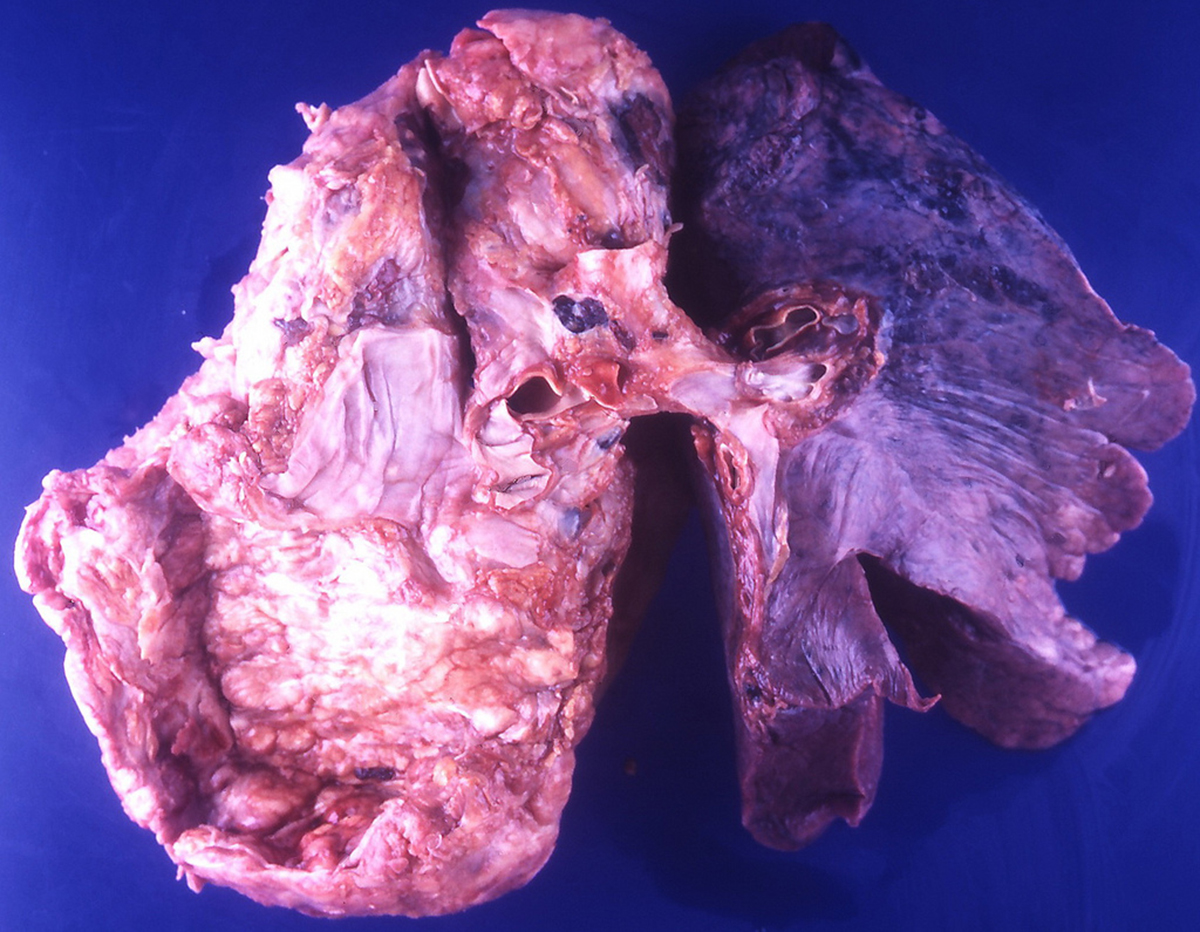Table of Contents
Many people are familiar with various types of cancer screening, such as mammograms to check for breast cancer and colonoscopies to diagnose colon cancer. But there is also a test to screen for lung cancer, which may help diagnose the condition at an early stage.

How Is Lung Cancer Screening Performed?
Lung cancer screening is not the same thing as performing a biopsy to determine if cancer is present. A lung biopsy is not done until a person presents with lung cancer symptoms. In many instances, the biopsy involves inserting a needle through the chest to remove a small amount of lung tissue. The tissue sample is analyzed to check for the presence of cancer cells.
It is also performed differently than a lung biopsy. According to the Centers for Disease Control and Prevention, low dose computed tomography is the only recommended screening for lung cancer.
Low dose computed tomography (CT) uses low levels of radiation to create images of the body. The technology allows the machine to scan the body in a spiral manner, which makes the pictures detailed. Very small tumors or changes in lung tissue may be found before they cause symptoms.
In the past, chest x-rays and analysis of sputum from the lungs may have been performed. But the American Lung Association does not recommend either sputum analysis or a chest x-ray to screen for lung cancer. Neither test has proven to be an effective screening tool to reduce lung cancer deaths.
Should You Have A Lung Cancer Screening?
According to the American Lung Association (ALA), lung cancer is the leading cause of cancer deaths in women and men. Lung cancer tends to have a poorer prognosis than other types of cancer. Although life expectancy after a lung cancer diagnosis varies based on several factors, the five-year survival rate is currently about 15 percent, according to the ALA.
By the time these symptoms appear, lung cancer may be advanced. Lung cancer screening may provide detection of the disease at an early stage, but is not recommended for everyone.
The American Lung Association along with the American Cancer Society recommends people who meet certain criteria undergo lung cancer screening. Recommendations include patients who are between the ages of 55 and 74 and have a smoking history of about a pack a day for 30 or more years. Patients should also either be current smokers or quit within the previous 15 years.
See Also: Is Air Pollution Now a Leading Cause of Lung Cancer?
The specific recommendations above were developed after clinical trials were conducted to determine what population of people would benefit from lung cancer screening involving a CT scan. The largest clinical trial conducted involved about 50,000 people who were current or former smokers between age of 55 and 74. The trials concluded there was a 20 percent reduction in lung cancer deaths in people who were diagnosed through screening using computerized tomography.
- www.cdc.gov/cancer/lung/basic_info/screening.htm
- www.lung.org/lung-disease/lung-cancer/lung-cancer-screening-guidelines/lung-cancer-screening.pdf
- www.cancer.gov/cancertopics/pdq/screening/lung/Patient/page3
- Photo courtesy of Pulmonary Pathology by Flickr: www.flickr.com/photos/pulmonary_pathology/4861511368
- Photo courtesy of Eschipul by Flickr: www.flickr.com/photos/eschipul/2437593805


Your thoughts on this